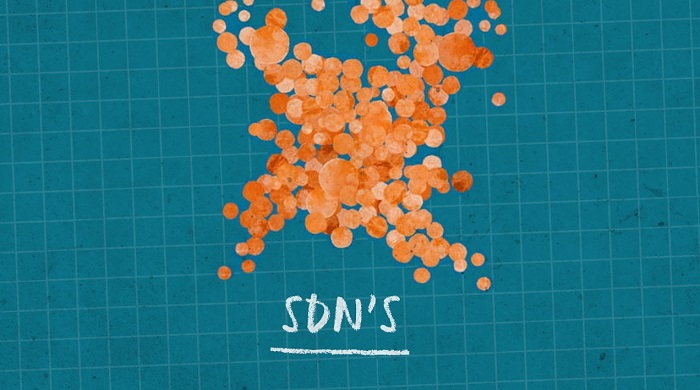Sign up to our newsletter
Any personal information you provide will be held in accordance with The EU General Data Protection Regulation (GDPR). For more information please see our Privacy notice
The LONGEVITY project is developing long-acting medicines intended for the prevention of malaria and tuberculosis, as well as a single-injection cure for the hepatitis C virus. New medicines we create will be deployed in low- and middle-income countries (LMICs) where the burden is highest, with an estimated 300 million people infected and more than two million deaths per year.
A critical issue in treating or preventing these diseases is poor adherence to daily medication. This can be caused by a number of factors such as stigma around the disease, pill burden, and complex delivery modes. These difficulties can be overcome and adherence to life saving medication improved, by replacing chronic oral dosing with an injectable alternative that requires administration far less frequently.
Learn more about how we plan to achieve our objectives as we aim to reduce the burden of malaria, tuberculosis and hepatitis C virus in low- and middle-income countries through the LONGEVITY project. In this video you'll find out about our strategy to deploy long-acting injectable medicines to the worlds most in-need communities and reduce the burden that currently stands at 300 million people.

Find out how our technology can revolutionise drug delivery within low- and middle-income countries through various Solid Drug Nanoparticle (SDN) technologies developed by CELT scientists.
The LONGEVITY Project is funded by Unitaid. The project also involves critical partners and collaborators in the Clinton Health Access Initiative, Extentus Pharma Ltd, Johns Hopkins University, Medicines Patent Pool, Queen's University Belfast, Treatment Action Group and the University of Nebraska Medical Centre.

The LONGEVITY Project is funded by Unitaid.






